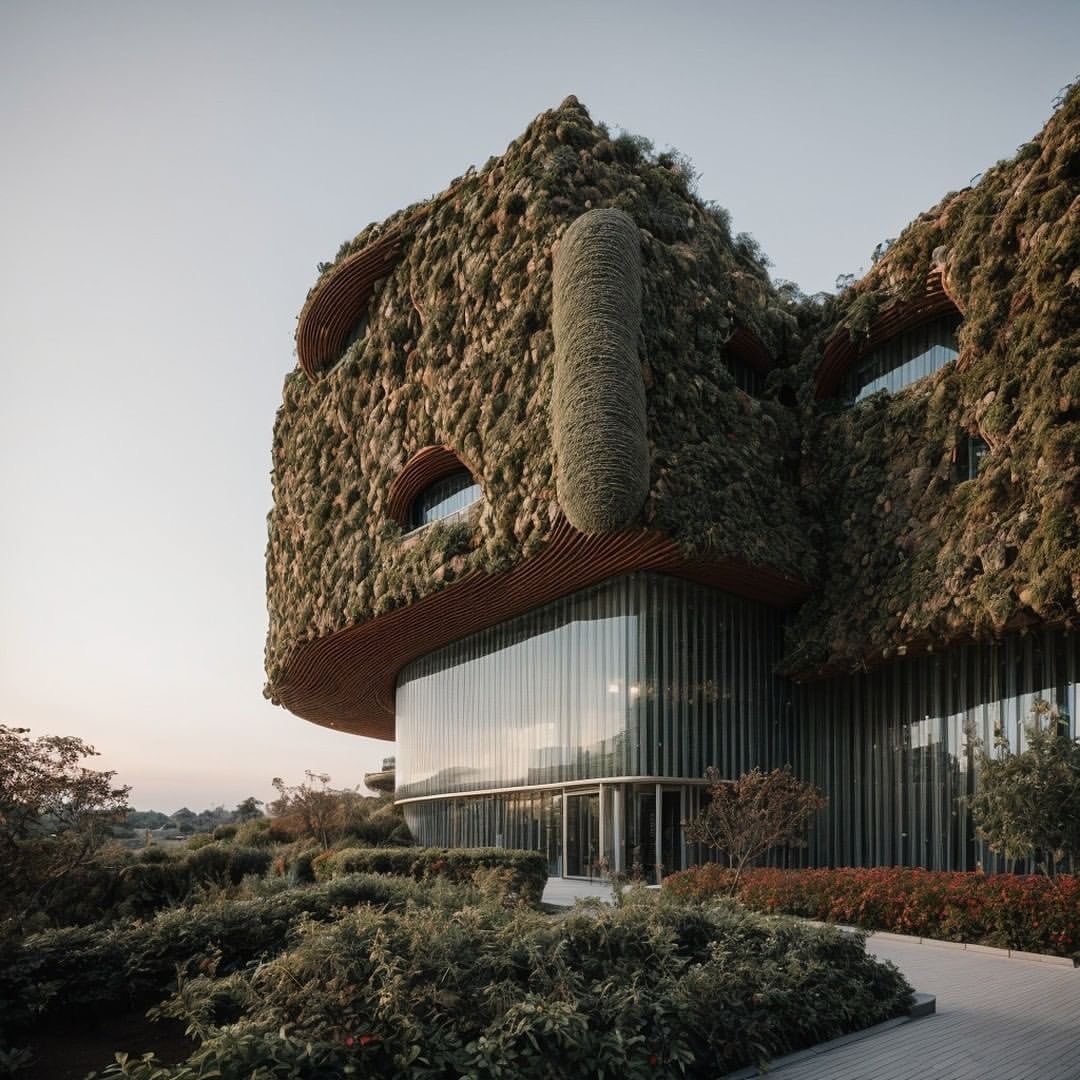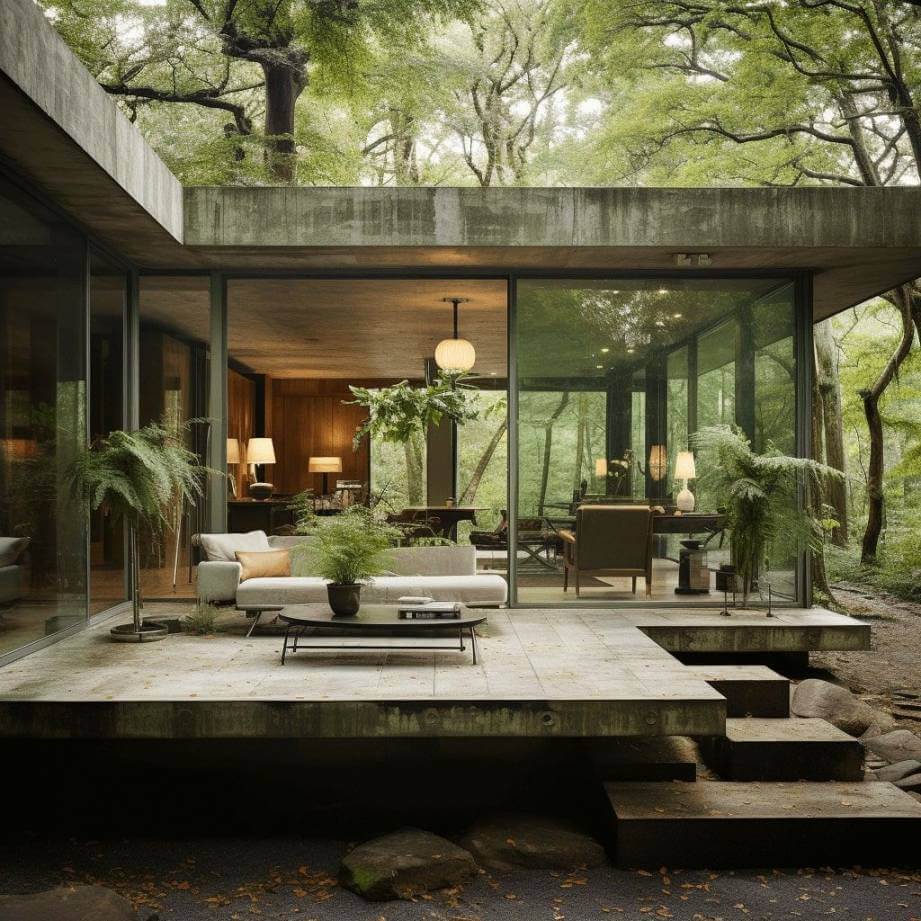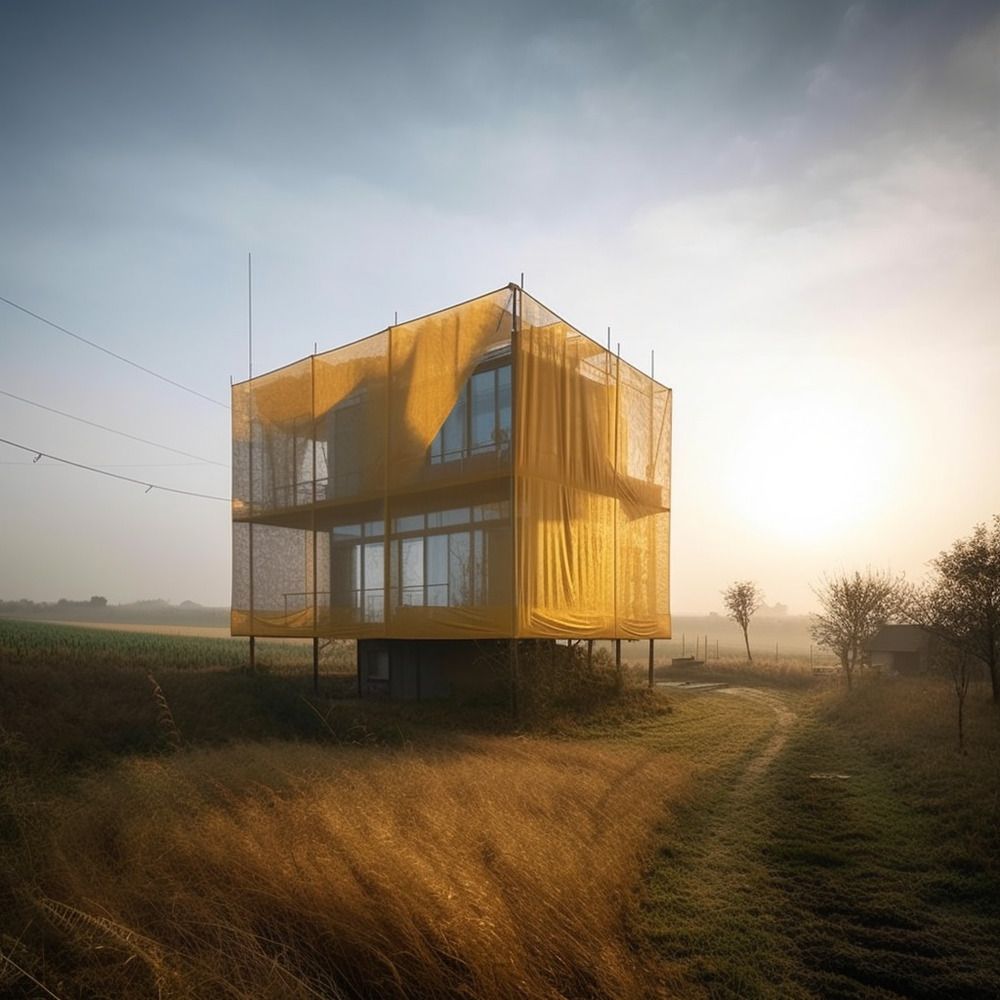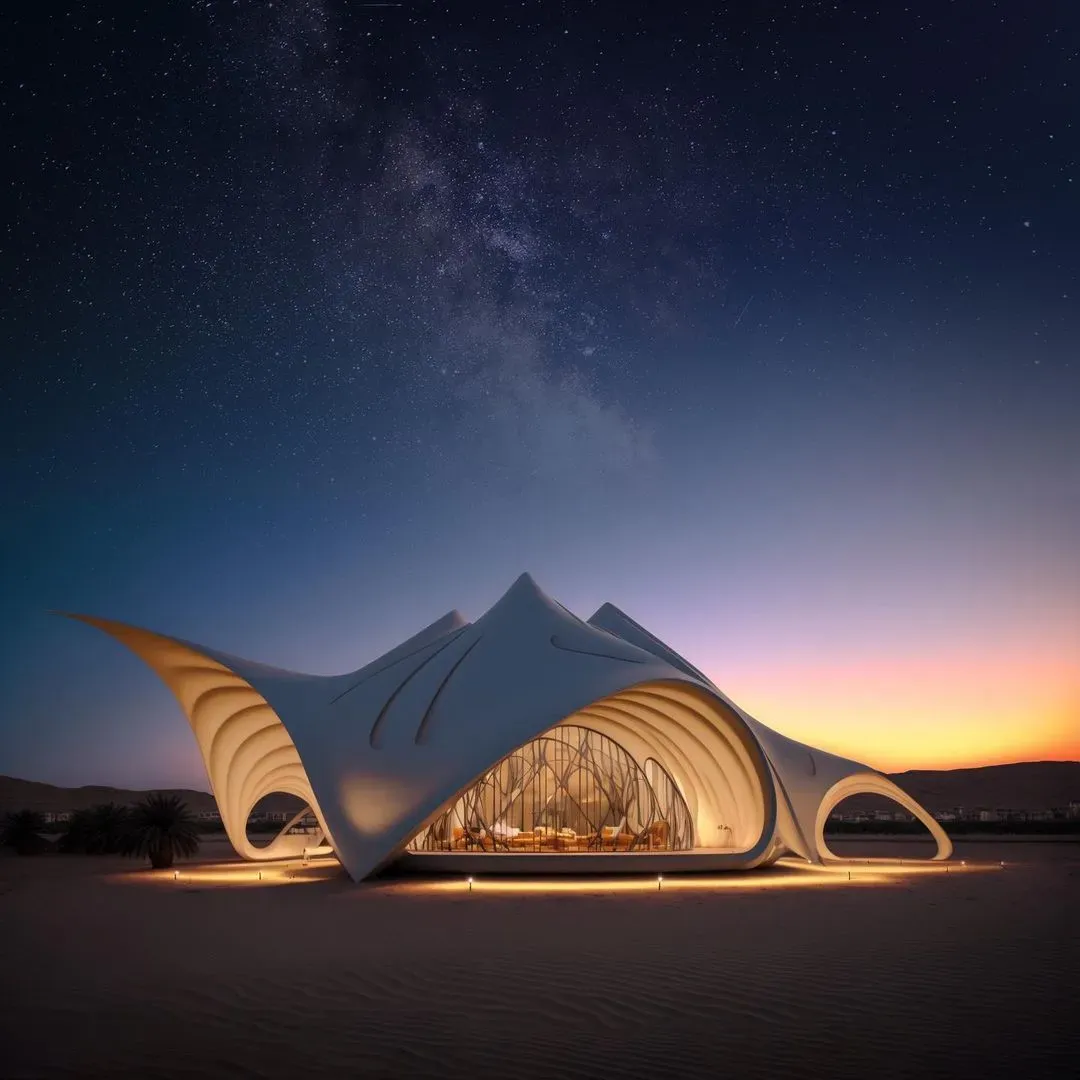Artificial intelligence (AI) has taken the world by storm, transforming industries and revolutionising the way we live and work. In the field of architecture, AI is making significant strides, empowering architects to design homes that are not only visually stunning but also highly functional. By harnessing the power of AI, architects are pushing the boundaries of creativity and innovation, redefining what is possible in home design.
The Creative Potential of AI in Architecture
AI is often viewed as a double-edged sword by architects. On one hand, there is the fear that AI will replace human creativity and render architects obsolete. On the other hand, there is the excitement and curiosity about the potential of AI to enhance and elevate the design process.
Architects like Jono Fleming, co-host of The House Project at Bunnings and the House of Style podcast, have embraced AI as a tool to explore new design possibilities. Fleming experimented with an AI program called Midjourney to create a "dream home scenario" - a mid-century house in the Tasmanian wilderness. The response was overwhelming, with people expressing both awe and fear about the implications of AI in architecture.
AI-powered tools like Midjourney, DALL-E, and Stable Diffusion have the ability to generate realistic and imaginative architectural designs. These tools allow architects to explore multiple design options simultaneously and quickly iterate on ideas. By leveraging AI, architects can streamline the design process, saving time and effort while still maintaining their creative vision.
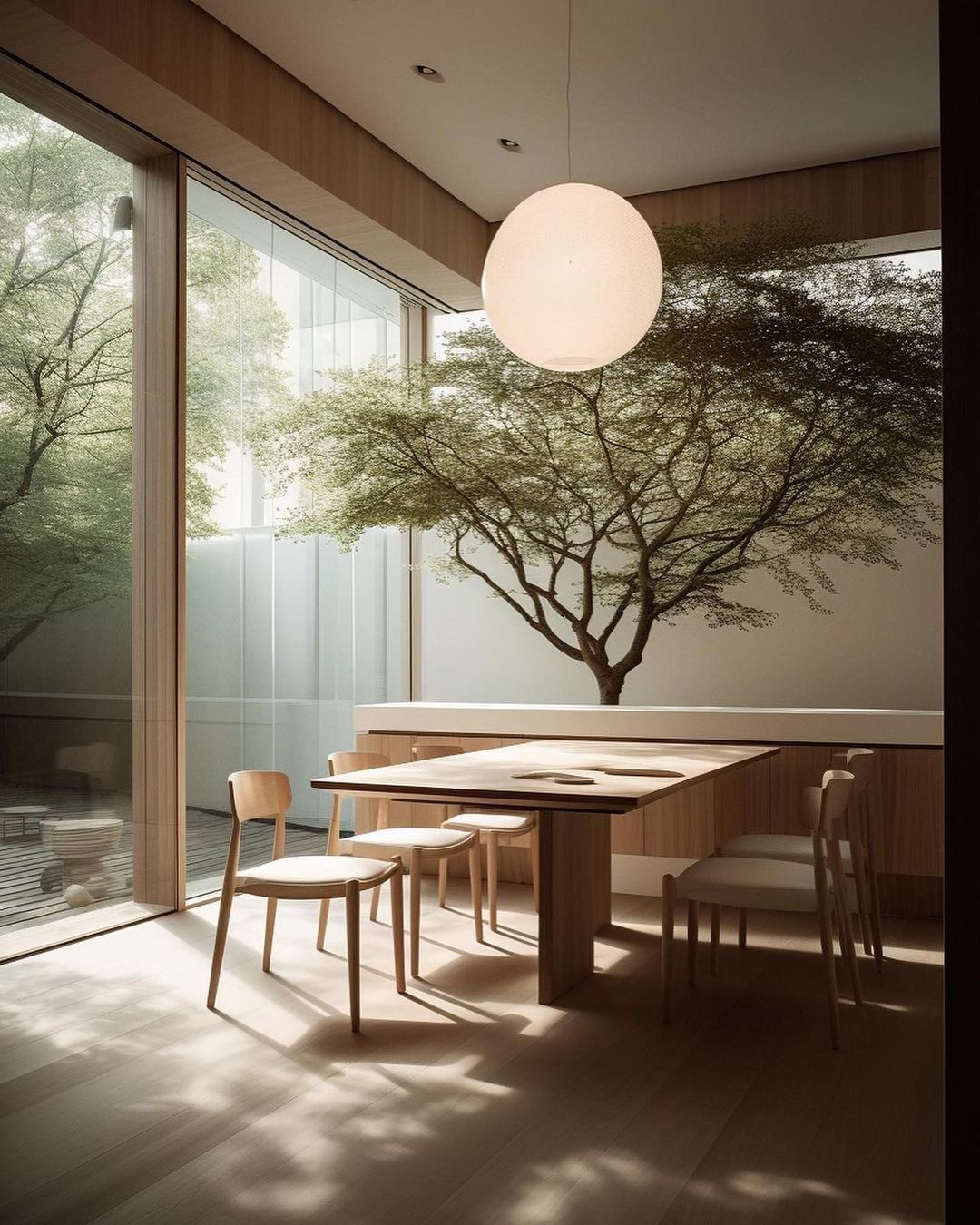
The Role of AI in Research and Testing
One of the most powerful applications of AI in architecture is its ability to process vast amounts of data for research and testing purposes. In the early stages of a project, architects spend countless hours researching design intent and studying past projects. AI can assist in this process by analysing and synthesising data, providing architects with valuable insights to inform their design decisions.
For example, AI can analyse demographic data to understand the needs and preferences of future homeowners. It can also pull zoning data, building codes, and other relevant information to ensure compliance and optimise design solutions. By leveraging AI's data processing capabilities, architects can accelerate the research phase and generate a range of design options with ease.
Building Information Modeling (BIM) and AI
Another area where AI is transforming architecture is in the realm of Building Information Modelling (BIM). BIM is an AI-powered software program that enables architects to create detailed 3D models of buildings. Unlike traditional Computer-Aided Design (CAD) software, BIM goes beyond visualisation and incorporates data about the building's geometry, materials, and performance.
BIM allows architects to create more accurate and comprehensive models in less time. It also facilitates collaboration and coordination among different stakeholders, such as engineers, contractors, and clients. With AI-powered BIM tools, architects can easily make changes to the design and instantly update all associated data, ensuring that everyone involved is working with the most up-to-date information.

Customisation and Optimisation of Large-Scale Structures
AI is particularly valuable when it comes to designing large-scale structures like airports, train stations, and museums. These complex projects require careful consideration of various factors, including crowd flow, functionality, and aesthetics. AI can analyse data on human behaviour and patterns to inform the design process and create optimised spaces for specific crow
By studying the demographics and features of similar large-scale structures, AI can provide insights into what kind of spaces would best serve the intended users. This data-driven approach allows architects to create customised designs that enhance the overall user experience. From the layout of exhibition halls to the arrangement of seating in an airport terminal, AI can optimise the design to meet the unique needs of each project.
The Rise of Parametric Architecture
Parametric architecture is a design approach that utilises algorithmic processes to create intricate and unconventional shapes. By combining AI and parametric design, architects can introduce parameters that generate structures that would be difficult to imagine using traditional design methods.
Through algorithmic processes, AI can generate complex forms and intricate geometries that push the boundaries of traditional architectural design. This fusion of AI and parametric architecture allows architects to explore new possibilities and create structures that are truly unique.
Smart Cities and AI
The emergence of AI-powered smart cities is fundamentally changing the way architects approach urban design. Smart cities leverage real-time data and feedback to optimise various aspects of urban life, from transportation and energy consumption to waste management and public safety.
AI enables buildings, infrastructure, and public spaces to communicate and interact with each other, creating a living ecosystem that adapts and responds to the needs of its inhabitants. For example, buildings can adjust their energy usage based on occupancy levels, and transportation systems can optimise routes to minimise congestion. By integrating AI into the design process, architects can create smart cities that are sustainable, efficient, and enjoyable to live in.
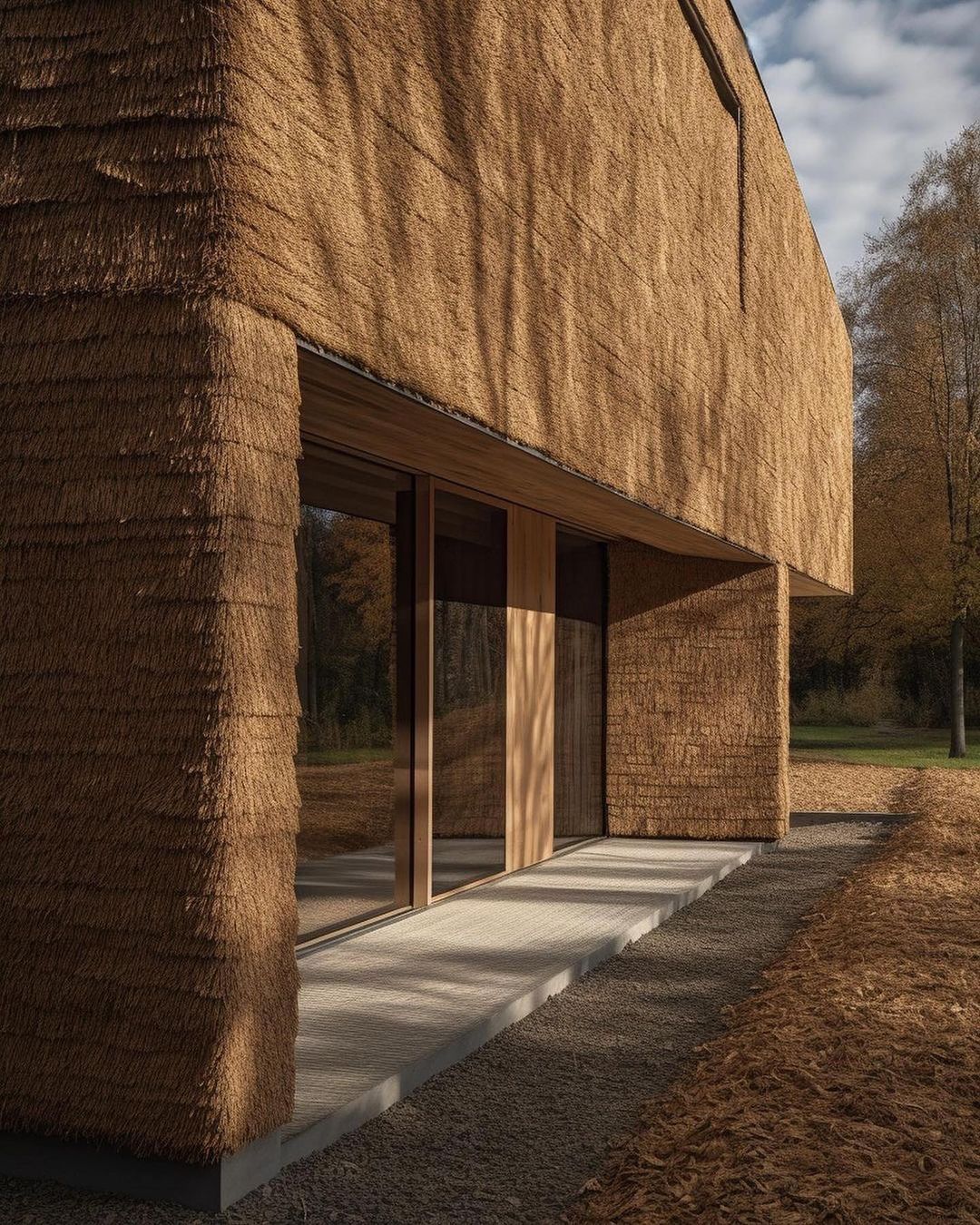
Harnessing AI for Home Design
AI is not just a tool for architects; it is also a source of inspiration and ideation. Platforms like starryai provide architects with AI-generated ideas and concepts that can serve as a starting point for their own designs. These AI-generated concepts can be tailored to specific project requirements, allowing architects to quickly explore different design possibilities.
Furthermore, AI can be used to generate stunning visualisations of architectural concepts. By inputting specific design parameters into AI systems, architects can generate realistic renderings and virtual walkthroughs of their designs. This not only helps architects communicate their ideas to clients but also allows them to better understand how the final design will look and function.
The Future of AI in Architecture
As AI continues to evolve and advance, its impact on architecture will only become more profound. Architects will need to embrace AI as a tool to enhance their creativity and streamline their design processes. Rather than fearing the rise of AI, architects should view it as a valuable ally that can unlock new possibilities and push the boundaries of what is possible in home design.
While AI may automate certain aspects of the design process, it will never replace the human touch and creativity that architects bring to their work. The true power of AI lies in its ability to augment and enhance human capabilities, enabling architects to create homes that are not only aesthetically pleasing but also functional, sustainable, and tailored to the needs of their clients.
AI is revolutionising the field of architecture, empowering architects to design homes that were once unimaginable. From research and testing to building information modelling and parametric design, AI is reshaping the way architects approach home design. By embracing AI and incorporating it into their workflows, architects can unlock new levels of creativity and innovation, ultimately creating homes that are truly awe-inspiring.
This article is part of our AI series, which explores the impact of artificial intelligence (AI) on design, architecture and humanity, both now and in the future.





